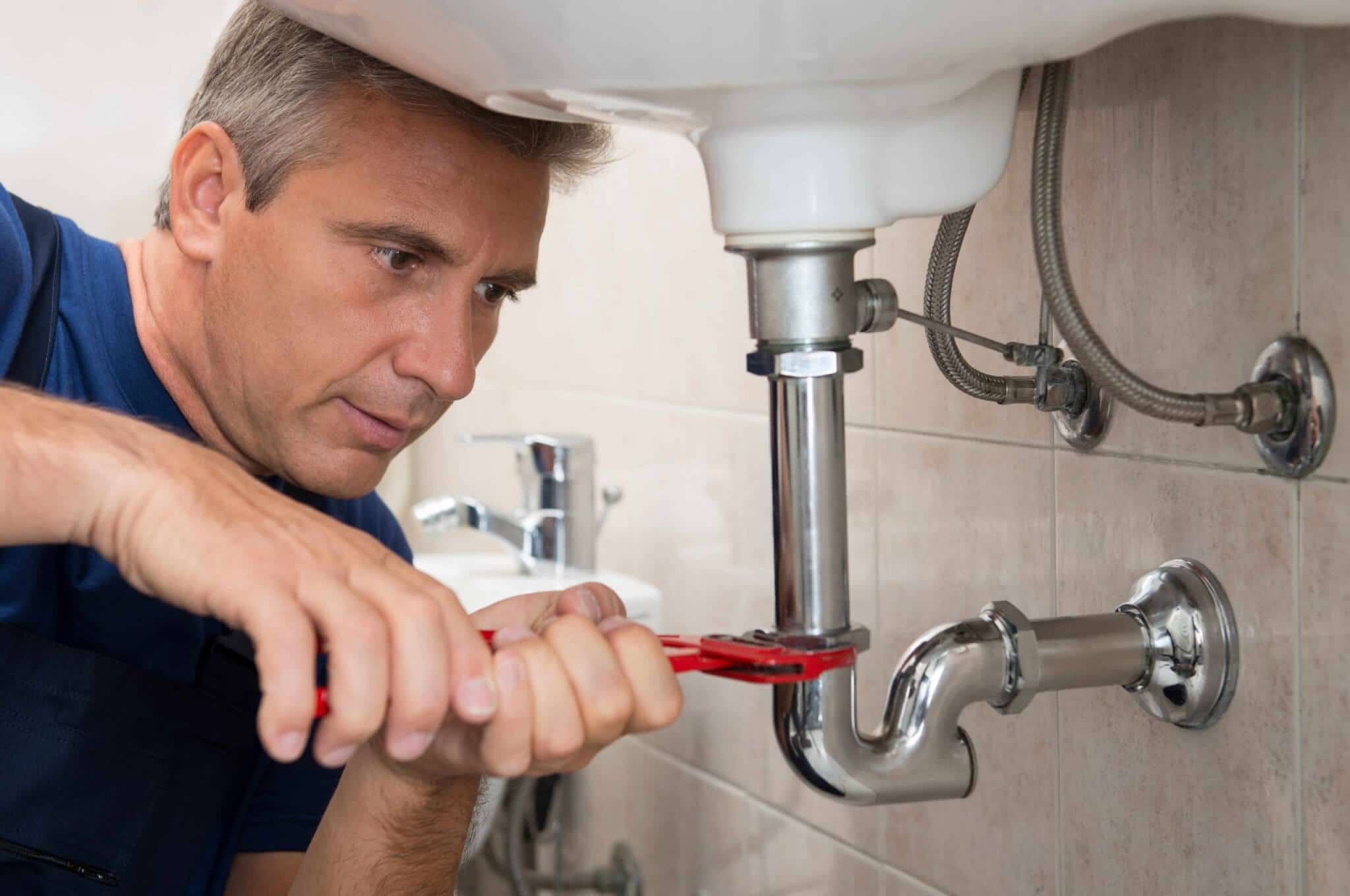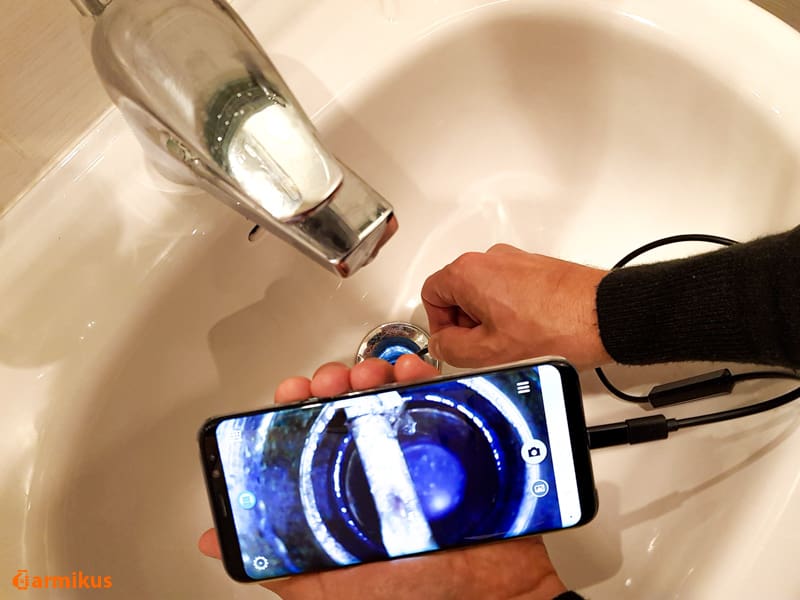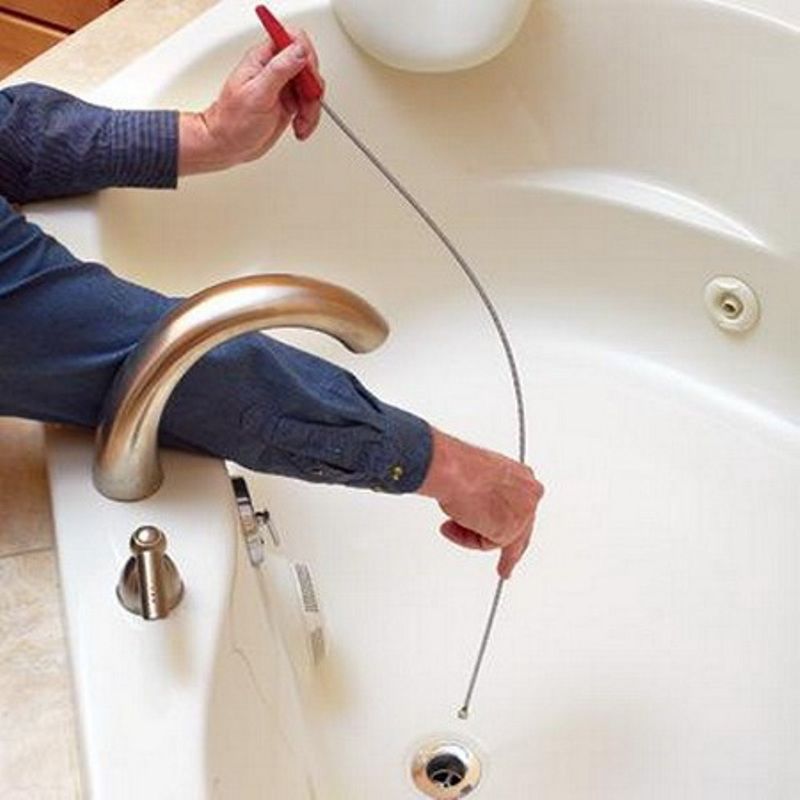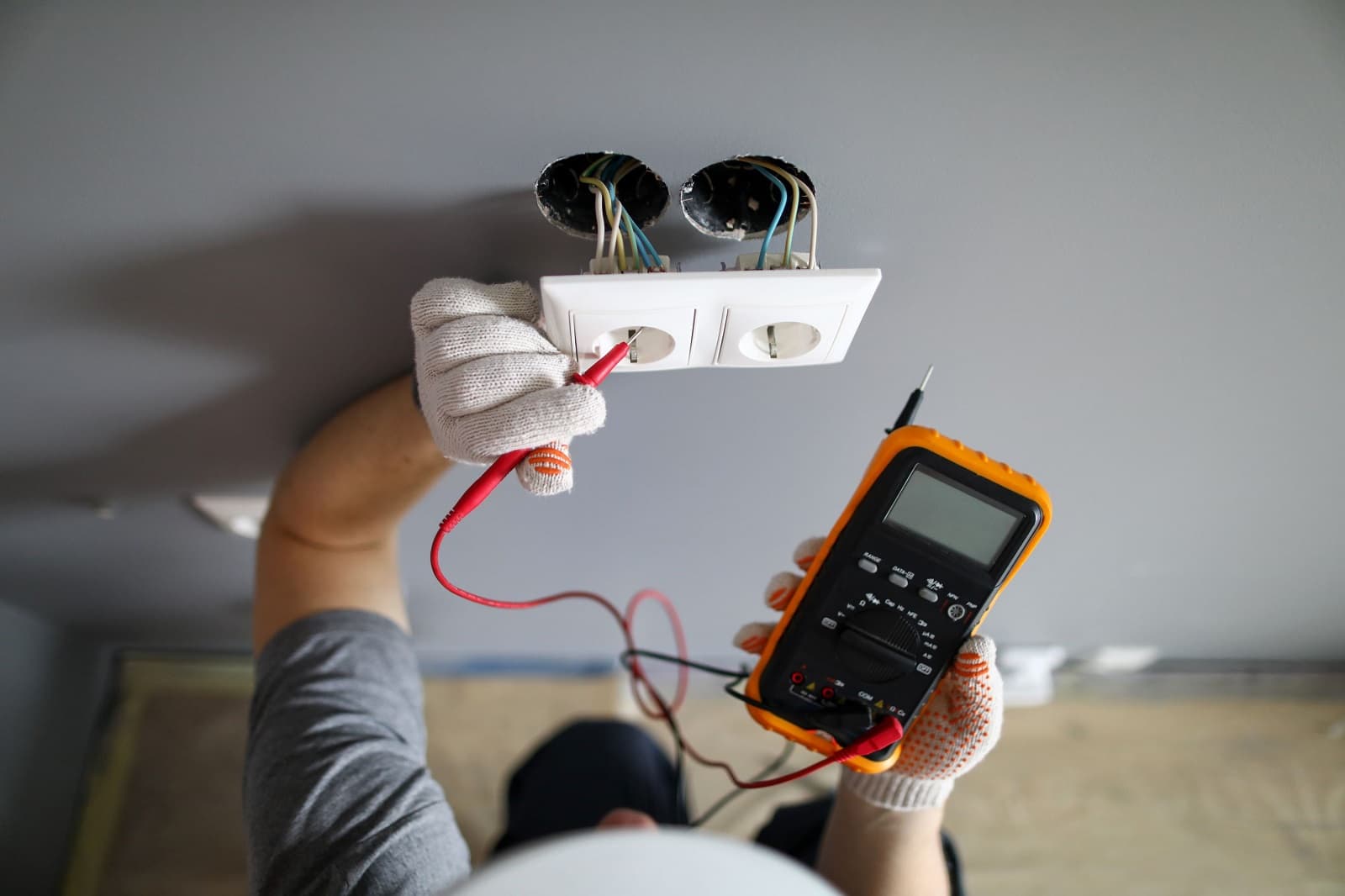It all starts with some water collecting in the sink. But then, it clears away after a while. You suspect it could be a blockage, but convince yourself, for the time being, it’s not. Gradually, the jam gets worse, and before you know it, you’ve got a water-filled basin staring back at you. It’s then that you think of calling your trustworthy plumber. And you cannot thank them enough when the problem is resolved within a matter of a few minutes or hours. But how do these professionals deal with clogged drains? Do they use any special tools? What are the various stages of a drain clog? Read on to find out.
Stages of a Clogged Drain
The First Stage: A Minor Blockage
In the first stage of a drain blockage, you might hear a short bubbling sound whenever the water runs down the sink. That is an indication that the clogging process has set in. Minor particles may have collected in the sink or the drain, causing the problem. Instead of delaying, you should have the problem checked immediately.
The Second Stage: Loud Noises and Slower Draining
In this stage, you will see the worsening of the symptoms associated with the first stage. It will take more time for the water to flow down the drain. But before that, it may collect around the sink for a little while. The gurgling, burbling, and bubbling sounds will get quite noticeable. Wait further, and you might have a severe problem facing you. Although you might be tempted to use chemical cleaners, avoid doing so at all costs. Instead, call the plumber immediately.
The Third Stage: The Sink is a Pool
That is perhaps the best way to describe what your sink will look like in the third stage. You wish you had called the plumber earlier since this is an emergency of the worst sort. At this point, the drain has been completely clogged. No amount of waiting or sticking objects in it is going to help unclog it.
How Do Plumbers Unclog a Drain?
Since plumbers are professional, they have different tools at their disposal to unclog drains efficiently. A few of these are mentioned below.
Pipe Cameras
A pipe camera is attached to a cable with a portable closed-circuit display sent down the plumber’s sewer, drain, or pipe. That enables them to see and determine the exact nature of the problem. Leaks and improper installations, in particular, can be seen with this tool.
Plungers
Compared to the tool above, plungers are pretty standard. You must have used it yourself a couple of times. A plunger is the first thing that a plumber will use to unclog the drain. Professionals also use this tool to clear minor clogs in sinks and showers.
Drain Snakes
It is considered one of the best tools by plumbers for getting rid of objects blocking the drain. Any professional plumber Toronto would have this in their toolbox to fix drains. A toilet jack or plumber’s snake consists of a long cable or metal wire whose end resembles a corkscrew. The plumber pushes the snake through the clog until they can break it. They are both manual and motorized. Motorized drain snakes generate more power and deal with stubborn clogs.
Hydro-Jets
If any of the tools mentioned above cannot dislodge a clog, the plumber will use hydro-jets. The machine consists of a motor and a water tank attached to a hose. Pressurized water is sent down the drain to help break the blockage and remove any residue pipe walls. A significant benefit of this tool is that it will prevent clogs or pipe damage in the future.
Declogging a drain is best left to your plumber, as they have the tools, methods, and experience to deal with such problems. But what you should never do is wait for the clog to worsen.








